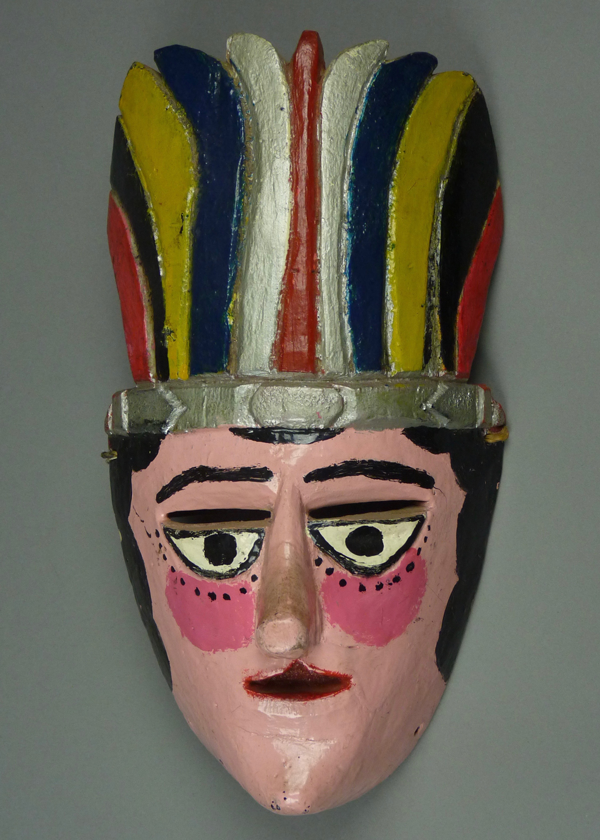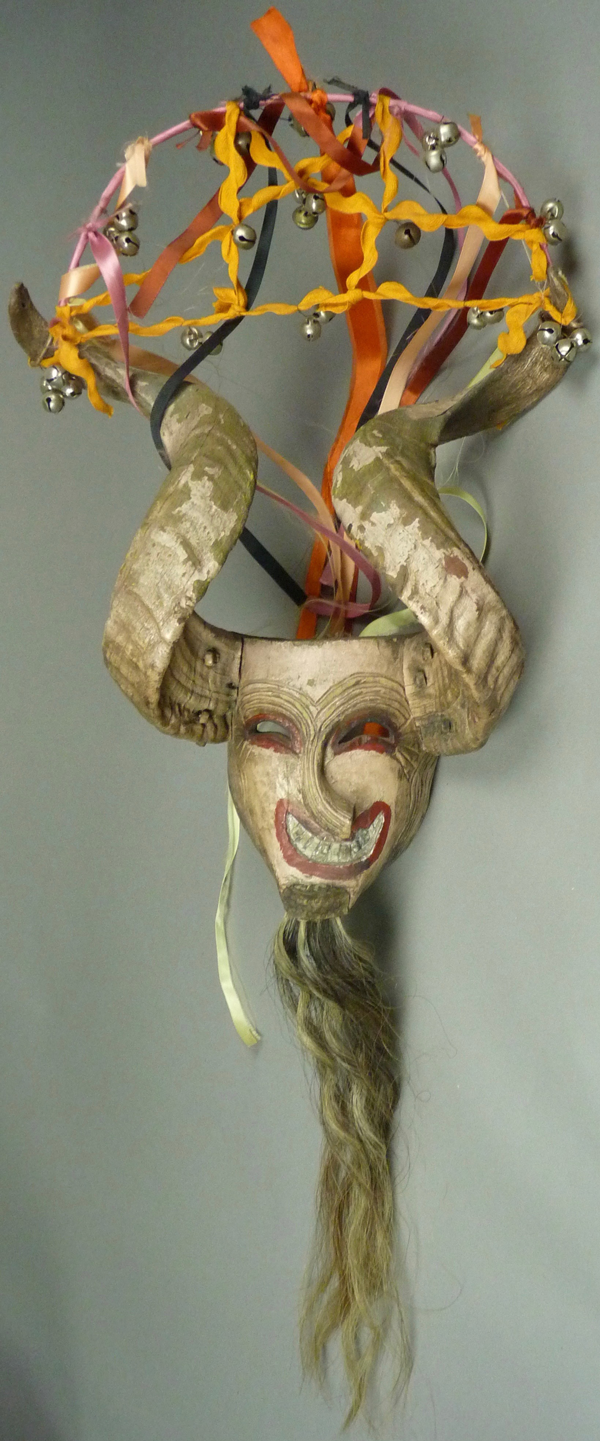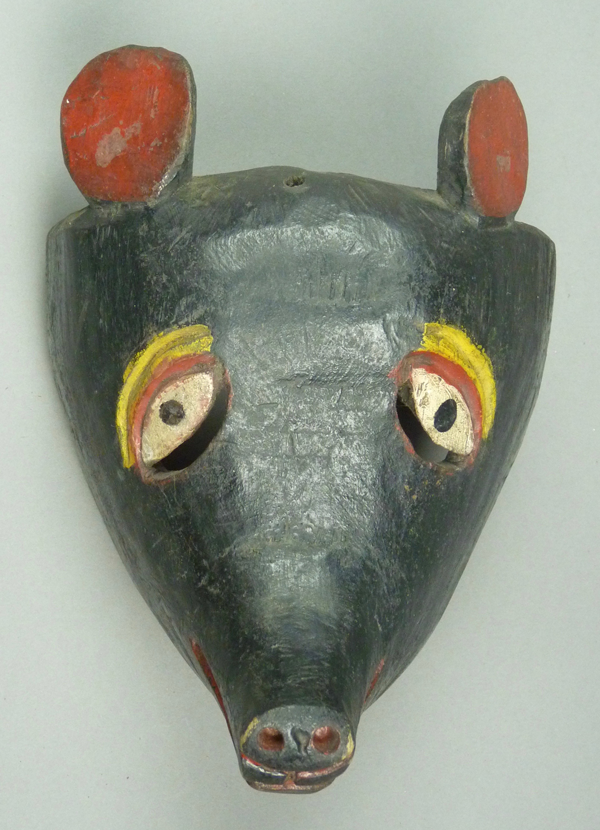In last week’s post and in the next two that follow, I will focus on an area of Northern Veracruz centering on two neighboring towns— Huayacocotla Veracruz and Carpinteros Veracruz. Huayacotola lies just inside the Border between the Mexican states of Hidalgo and Veracruz, on the Veracruz side, while Carpinteros literally straddles the border; these communities are connected by a small paved road. They are so close together that I mention both, although the tags all focus on Carpinteros and its related community of Miahualco. If one consults modern satellite maps, the official location of Carpinteros is within the state of Hidalgo, although there is a small unnamed community directly adjacent, on the Veracruz side. In the face of this evidence, it is a fact that Jaled Muyaes, Rene Bustamante, and Dinah Gaston describe it as a place in Veracruz. Dinah even spoke of being in Hidalgo and looking across the border at the lights of Carpinteros on the Veracruz side. So I have followed convention and called it Carpinteros, Veracruz. The state line is actually irrelevant; the important geographic detail is that both towns are in an important culture area called the Huasteca.
Today I will present five masks with the faces of animals or birds that are said to be from either Carpinteros Veracuz or from a nearby town, Miahualco Veracruz; the latter does not even show up on a satellite map. But first I will begin with a riddle that relates to the masks in last week’s post. I bought this mask of Malinche, used in the Danza de los Arquereos (Archers, a variant of the Conquest dance), from Rene Bustamante in 1993. Rene described it as from either Zurita, Veracruz or perhaps it was a rare mask from the Mexican state of Tamaulipas (Zurita is yet another place that is not to be found on available maps). Over the years I found the Tamaulipas theory appealing, but gave this little thought. Today I invite you to compare this mask to last week’s crop, in order to build a case for or against either of the two possible places of origin. This mask is 11 inches tall, 5¾ inches wide, and 3 inches deep. I will show the photos without any further remarks, and then at the end of this post I will comment.

Continue Reading →




